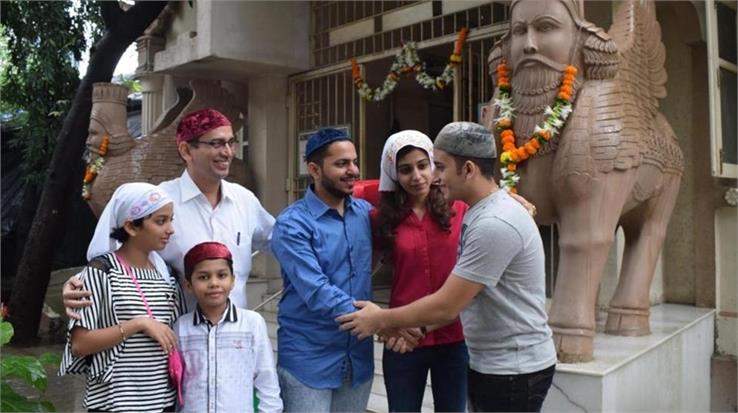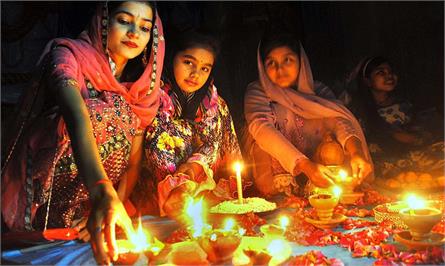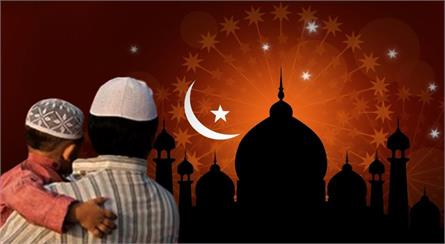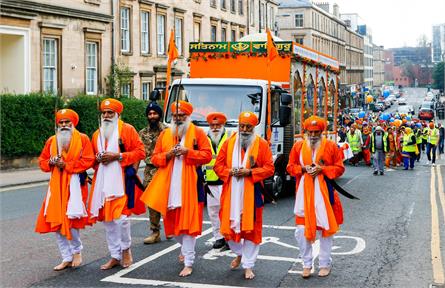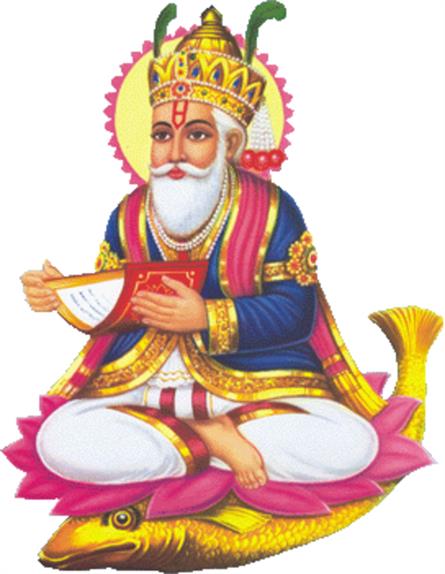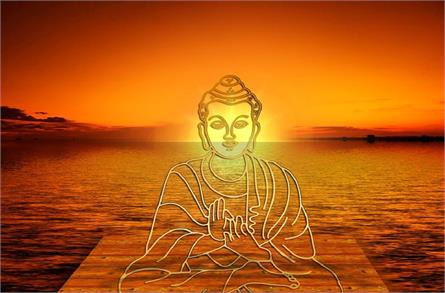Parsi or Zoroastrian Festivals
Zoroastrianism is the Persian religion, which is based on scripture called Zend Avesta. Zarathushtra is the founder of this religion; hence it is also called Zarathustra religion. Historically, Zoroastrianism is known as the world’s oldest religion and began in the 6th century BC.
By the seventh century AD, the Persian Empire had lost its archaic splendor and power from Iran. When the Arabs won a decisive victory over it, in order to protect their religion, many Zoroastrians escaped through the sea and took refuge on the west coast of India. Here they were called 'Parsis' (Persian apostles). Today, there are only between 125 and 1.5 lakh Zoroastrians in the world. More than half of these are in India.
The Sanskrit meaning of word Parsi is 'One who give alms.' Zoroastrian religion stands on three pillars; 'Good Thoughts, Good Words, and Good Deeds.' Fire, water, and air have the holy place in their religion as Parsis believe that natural elements fire, water, and air are pure elements.
The Parsi community also celebrates some religious festivals as other communities in the world. However, Parsis celebrate their festivals with full devotion and zeal in a very simplistic and austere manner without any pomp. Parsis festivals can be divided into three categories - Seasonal festivals, Monthly festivals, and Annual festivals, which are celebrated on a particular day according to the Zoroastrian calendar. Here is the list of Parsi Festivals:
Jamshed-e-Navroz, also known as Nowruz or Navroz, is one of the most important festivals of Parsis. Nowruz is the Persian New Year, which symbolizes rejuvenation and rebirth. Mainly commemorated by Iranians worldwide, It is a celebration of nature's love.
Khordad Sal is a significant festival of people who believe in the Parsi religion as it marks the birth anniversary of Zoroaster. The festival is celebrated by Parsis all over the world, especially in India, as more than half of the population of Parsi community is residing in India. Khordad Sal is observed with great happiness and devotion on the 6th day of the Parsi month, which comes around August/September.
Zarthost No-Deeso or Zartosht No-Diso is an important day for mourning day in Zoroastrianism. The day signifies the death anniversary of the Prophet Zoroaster. People believing in the Parsi religion offer prayers and visit fire temples to give them respect and honor.
Gahambars called the seasonal festival occur six times annually. These days are observed by the Zoroastrians to commemorate the six universal creations of God and reaffirm the sanctity of God's creation. The six Gahambars are:
Maidyozarem Gahambar: Mid-spring festival, falls in April or May each year.
Maid Yaoi-Shema Gahambar: Midsummer festivals, which comes in June or July each year.
Paitishahema Gahambar: Falls in September every year, Harvest time festival.
Ayathrem Gahambar: Herding time festival, occurs in October.
Maidyarem Gahambar: Mid-year winter festival, falls in December or January.
Hamaspathmaidyem Gahambar: Mid path of all seasons or Soul festival, falls in March.
- PATETI FESTIVAL
Pateti festival is commemorated on the last day of the year as per the Persian calendar. This celebration marks the fresh and pure start of the new year while destroying all the misdeeds of the previous year in front of holy fire. After this ritual, everybody wishes each other 'Pateti Mubarak.'
Parsi is one of the closed communities who do not spill over the streets for their celebrations. Most of their festivals are observed within their homes, temples, and community centers. Even special events of life like birth, marriage, education, death are marked with elaborate rituals in Parsis.


